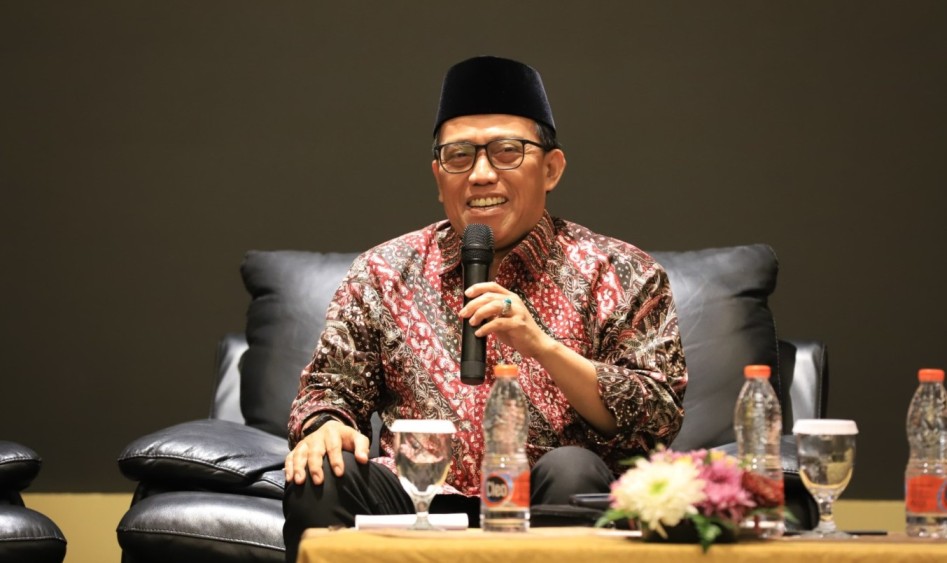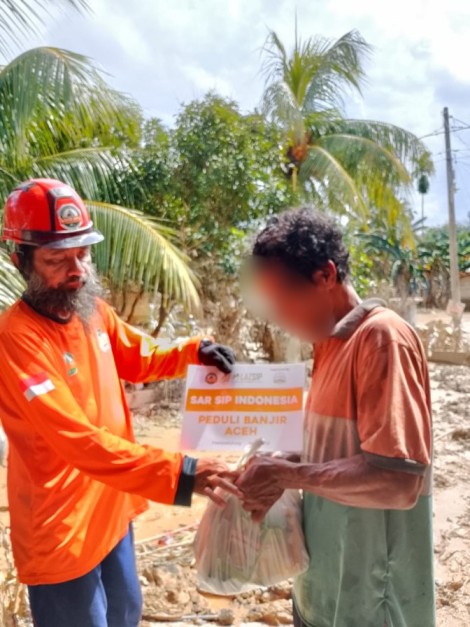Indonesia launches Bali Statement at COP28, highlighting hydro power for low-carbon economy

The Bali Statement reaffirms the role of hydroelectric power plants as the backbone of national strategy in building a low-carbon economic development.
Jakarta (Indonesia Window) – Indonesia’s Minister of Energy and Mineral Resources Arifin Tasrif together with the International Hydropower Association (IHA) launched the Bali Statement at the 28th Conference of the Parties (COP28) on Climate Change in Dubai, United Arab Emirates, on Sunday (Dec. 3).
The 2023 World Hydro Power Congress (WHC) in Bali held last October approved the Bali Statement on ‘Powering Sustainable Growth’, which reaffirms the role of hydro power plants as the backbone of national strategy in building a low-carbon economic development.
In his speech at COP28, the minister said that currently most of the untapped hydro power generation potentials are found in developing countries, according to Indonesia’s Ministry of Energy and Mineral Resources in its press release here on Monday.
The Bali Statement provides four recommendations to governments around the world.
“First is to plan future energy needs with more renewable energy variables. Second is to provide incentives for sustainable hydropower through financial and market-based mechanisms,” Arifin said at the Indonesian Pavilion in the COP28.
The third recommendation, he added, is to accelerate the development of renewable energy through a transparent and efficient licensing process, and the fourth recommendation is to incorporate sustainable hydropower practices into financial sector regulations and obligations.
Arifin further said that hydropower plays an important role in energy systems throughout the world.
In line with the Paris Agreement commitments, the International Energy Agency (IEA) at COP27 Sharm El-Sheikh in Egypt stated that hydropower also prevents emission of around three gigatons (GT) of carbon dioxide per year, which represents around nine percent of annual CO2 emissions globally.
In Indonesia, hydropower has made a significant contribution by providing affordable access to electricity, while strengthening water management and conserving water catchments within the national energy system over the last century.
“Indonesia has a hydro power potential of more than 95 gigawatts (GW), although utilization has only reached seven GW. In line with the Bali Statement, Indonesia hopes to strengthen collaboration and cooperation in exploiting this great potential. It is not only limited to hydro power sources, but also the untapped potential of the dam’s surface area which can be utilized for floating PLTS (solar power plant),” said the Minister of Energy and Mineral Resources.
Arifin also pointed out that Indonesia had just inaugurated the Cirata Floating PLTS with a capacity of 192 MWp (megawatt peak), making this infrastructure the largest in Southeast Asia. This PLTS was built on a 200-hectare dam which has a hydropower capacity of 1 GW.
Currently, Indonesia is also developing pumped storage facilities with a total capacity of 4x260MW at the Upper Cisokan Hydroelectric Power Plant in West Java province.
The development of hydro power is expected to produce environmentally friendly electricity, increase the stability of the electricity grid, and contribute to shaping a sustainable energy future for next generations.
Reporting by Indonesia Window

.jpg)








